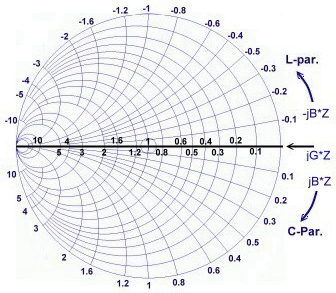

11.8 Section 16.4 of the Act – Exemption for the Public Sector Integrity Commissioner.11.7 Section 16.3 of the Act – Records relating to investigations, examinations and reviews under the Canada Elections Act.11.6 Section 16.2 of the Act – Records relating to investigations conducted by or under the authority of the Commissioner of Lobbying.11.5 Section 16.1 of the Act – Records relating to investigations, examinations and audits.11.4 Section 16 of the Act – Law enforcement, investigations and security of penal institutions.11.3 Section 15 of the Act – International affairs, defence and national security.11.2 Section 14 of the Act – Federal-provincial affairs.11.1 Section 13 of the Act – Information obtained in confidence.Chapter 11 – Specific Exemptions and Section 35 of the Access to Information Act.Chapter 10 – General Information on Exemptions (under revision).Chapter 9 – Requests for Access to Information (under revision).7.3 Section 9 of the Act – Extension of time limits.

7.2 Section 8 of the Act – Transfer of request.6.2 Deciding whether to transfer the request.6.1 Conditions for transferring a request.5.5 Subsection 4(2.1) – The duty to assist.5.4 Special rules relating to third party objections.5.3 Institution’s obligation to exercise due diligence.4.2 Sources of federal government information published by TBS.4.1 Sources of federal government information published by institutions.Chapter 4 – Information about Government Institutions.3.2 Other terms related to the application of the Access to Information Act.3.1 Terms defined in section 3 of the Access to Information Act.2.2 Responsibilities of government institutions.
SMITH CHART FORBIDDEN REGION MANUAL
1.4 Objective and structure of the manual. 1.2 Government institutions subject to the Access to Information Act. The manual is intended as a reference tool to help government institutions interpret and administer the Access to Information Act and the Access to Information Regulations, and to meet the requirements of related policy instruments. Notice: Information and Privacy Policy Division is currently updating the Treasury Board Manual: Access to Information ( December 1, 1993).Ĭhapters of the new manual will be published as they are completed. We need to map θmto x=1 and π- θm to x = -1.From Treasury Board of Canada Secretariat The Chebyshev polynomials can be expressed as More generally, For |x| > 1, |Tn(x)| increases faster with x as n increases. For |x| > 1, |Tn(x)|>1 Outside the passband. For -1≤x ≤1, |Tn(x)|≤1 Oscillate between ☑ Equal ripple property. 251)The first four Chebyshev polynomials Tn(x). Higher-order polynomials can be found usingįigure 5.16 (p. 250)Reflection coefficient magnitude versus frequency for multisection binomial matching transformers of Example 5.6 ZL = 50Ω and Z0 = 100Ω.ĥ.7 Chebyshev Multisection Matching Transformer Chebyshev Polynomial The bandwidth of the binomial transformer įigure 5.15 (p. Numerically solve for the characteristic impedance Table 5.1. Since we assumed that Γn are small, ln x ≈ 2(x-1)/(x+1),. Such a response can be obtained if we let. This type of response is designed, for an N-section transformer, by setting the first N-1 derivatives of |Γ(θ)| to 0 at f0. The response is as flat as possible near the design frequency. If N is odd, the last term is while N is even,ĥ.6 Binomial Multisection Matching Transformer 244)Partial reflections and transmissions on a single-section matching transformer. 243)Reflection coefficient magnitude versus frequency for a single-section quarter-wave matching transformer with various load mismatches.ĥ.5 The Theory of Small Reflection Single-Section Transformerįigure 5.13 (p. 5.5 Quarter-Wave Transformer Bandwidth ZL = 10, Z0 = 50, f0= 3 GHz, SWR ≤ 1.5įigure 5.12 (p. We can define the bandwidth of the matching transformer as For zL to be inside the 1+jx circle, RL>Z0. (b) Network for zL outside the 1 + jx circle. (a) Network for zL inside the 1 + jx circle. 2 possible configurations Figure 5.2 (p. L-section is the simplest type of matching network. Important factors in the selection of matching network. Impedance matching in a power distribution network will reduce the amplitude and phase errors. Impedance matching sensitive receiver components improves the signal-to-noise ratio of the system. Maximum power is delivered when the load is matched to the line, and power loss in the feed line is minimized. Impedance matching or tuning is important since 223)A lossless network matching an arbitrary load impedance to a transmission line. Apply the theory and techniques of the previous chapters to practical problems in microwave engineering.






 0 kommentar(er)
0 kommentar(er)
